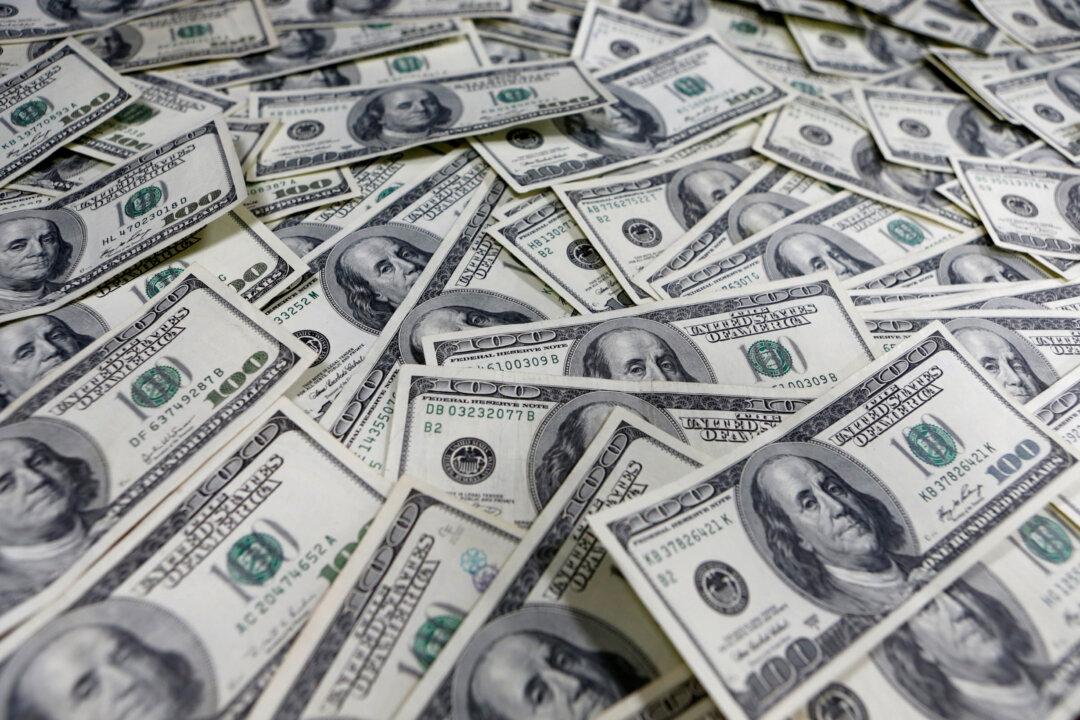LONDON—The U.S. dollar eased from a 2–1/2-month high versus the yen on Friday and looked set for its first weekly loss against major peers since January as traders tried to gauge the path for Federal Reserve policy.
The yen, which is particularly sensitive to U.S.–Japanese long-term interest rate differentials, looked set to halt its six-week losing streak as it gained strength on Friday with 10-year U.S. yields retreating from a nearly four-month high close to 4.1 percent.





